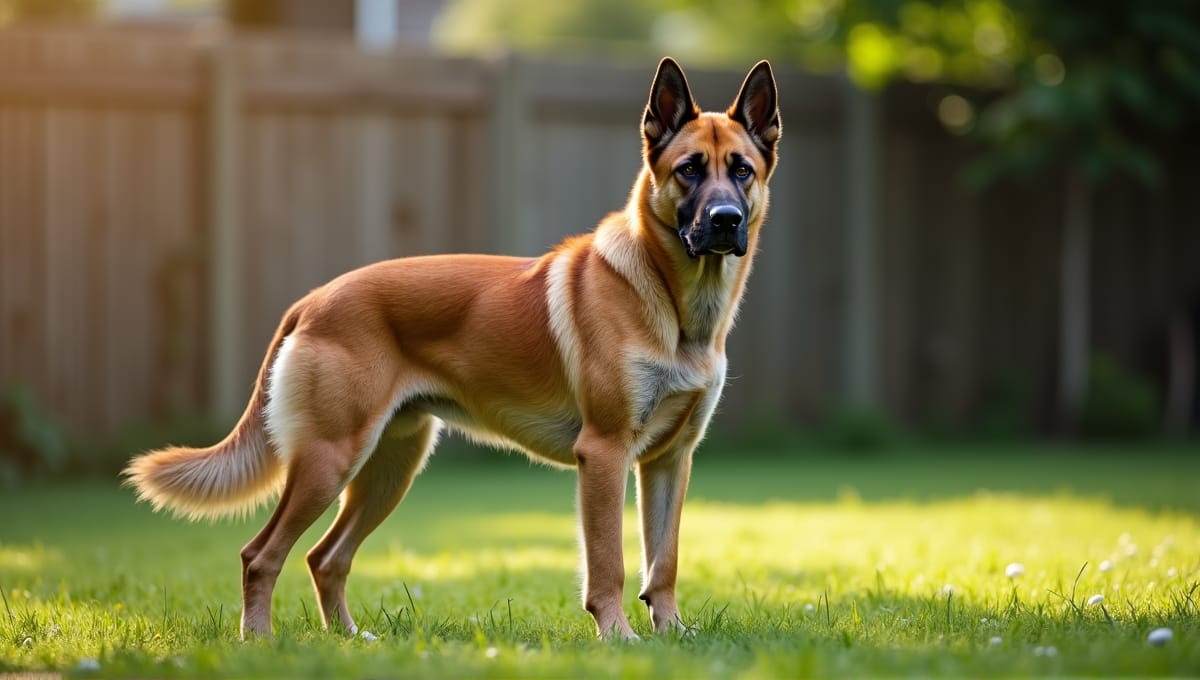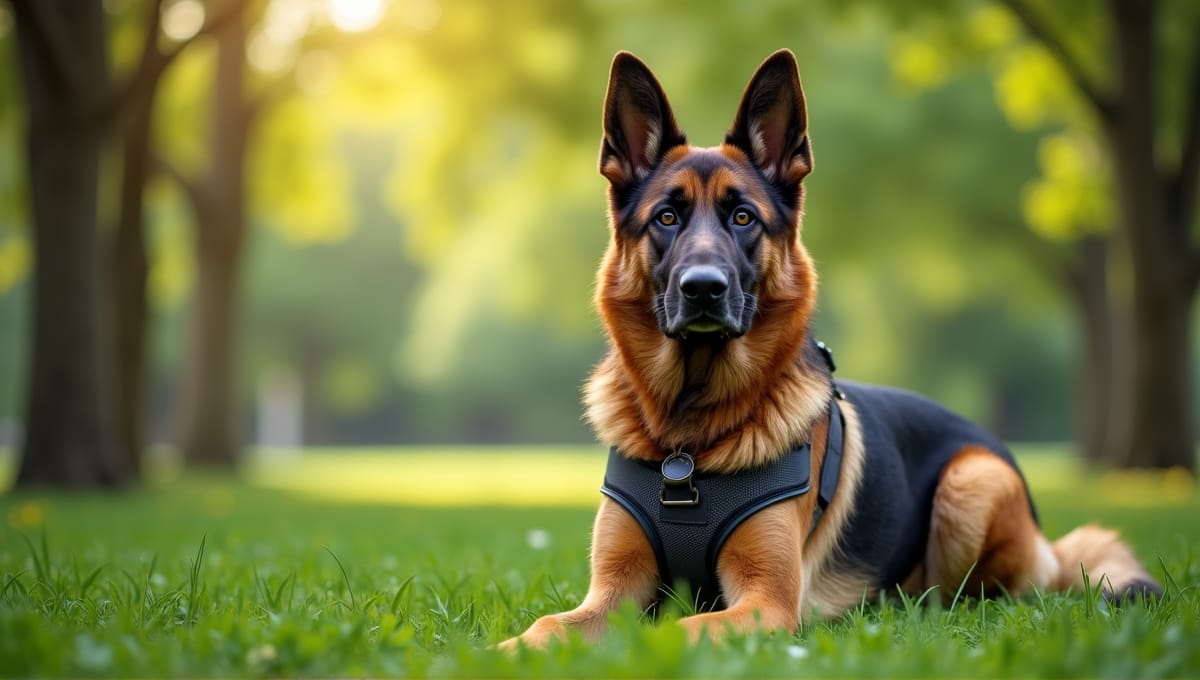Rare dog breeds are a source of intrigue for many dog enthusiasts. Having worked with dogs for many years, I can say these special dogs are typically difficult to locate and purchase. Their rarity, unique care requirements, and premium pricing are all drawbacks. However, rare dog breeds can make an excellent pet for the right person.
Rare Dog Breeds: An Overview
Rare dog breeds are unique dogs that have a limited population of dogs worldwide. The breed itself often has an interesting history and distinctive features. These dogs are rare for a variety of reasons, including geographic isolation, a small population of breeding dogs, or simply not being a popular kinds of dogs.
There are several organizations that officially recognize and track dog breeds. For example, the American Kennel Club (AKC) currently recognizes 200 dog breeds, and the Fédération Cynologique Internationale (FCI) recognizes 360 dog breeds worldwide. These numbers demonstrate just how many different dogs there are in the world.
It’s important to preserve rare dog breeds. These dogs are rare for a reason, and many of them have specific traits or genetic diversity that would be lost if someone didn’t protect the breed. Some rare dogs also have historical or cultural significance, making it even more important to preserve the breed.
At the animal shelter, I’ve worked with a lot of rare dog breeds, and I always find them fascinating due to their uniqueness. You may be wondering why a dog breed becomes rare. In many cases, it’s simply because people’s lifestyles or preferences change. For example, many working dog breeds became less common as the jobs they were originally bred for disappeared.
Rare dog breeds tend to have a special quality they offer to people in the know. This could be a unique ability or temperament. However, owning a rare dog breed is also a responsibility. You need to be someone who is dedicated to caring for the dog and potentially someone who contributes to breed preservation efforts.
The Löwchen: The Little Lion Dog

The Löwchen, also known as the “Little Lion Dog,” is a lovable rare breed. These small dogs are known for their unique lion-like appearance, which is achieved through a distinct grooming style. Löwchens have long, wavy coats that are often clipped to resemble a lion’s mane.
Löwchens have a long and rich history dating back centuries. Historical documentation indicates their presence in European art as early as the 1400s, making them one of the most well-documented breeds. They were particularly popular among the nobility and frequently appeared in paintings and tapestries.
Despite its noble past, the Löwchen is one of the rarest dog breeds today. Historical records confirm their popularity among the nobility. Today, however, Löwchens are exceptionally rare, with only a few hundred registered worldwide. As a result, they are one of the most endangered dog breeds.
In my opinion, Löwchens make excellent pets. They’re playful, affectionate, and good with families. Despite their small size, they exhibit a surprising amount of courage, living up to their “little lion” moniker.
Caring for a Löwchen is a labor of love. While generally healthy, their coat requires frequent grooming to keep that classic lion-like appearance. Like all purebreds, they may be prone to certain health issues, so make sure to schedule regular vet checkups.
New Guinea Singing Dog: A Primitive Canine
The New Guinea Singing Dog is a unique and rare breed. These dogs are famous for their distinctive vocalizations. They don’t bark like other dogs do. Instead, they make harmonic sounds that are often compared to whale songs.
In terms of appearance, New Guinea Singing Dogs look like wild canids. They have a fox-like look with pricked ears and a fluffy tail. Their appearance is a good representation of their primitive nature.
There are approximately only 200 New Guinea Singing Dogs in captivity worldwide. This extreme rarity makes them a fascinating species for conservationists and researchers. DNA analysis has proven that these dogs are closely related to the Australian Dingo, underscoring their importance in terms of genetic diversity.
I’ve been lucky enough to see these dogs in person. What stood out the most to me was their intelligence and independence. They aren’t the easiest dogs to live with, as they still maintain many of their wild instincts.
Conservation efforts for the New Guinea Singing Dog are currently underway. Researchers are focused on preserving the breed’s unique genetics. This is important for maintaining overall canine diversity and understanding more about the evolution of dogs.
The Chinook: America’s Sled Dog
The Chinook is a very rare breed with a very interesting American history. They were developed in New Hampshire in the early 1900s specifically bred for sledding. They are a strong dog that resembles a husky in appearance, but with a much better demeanor.
Chinooks are strong and have a very elegant look. Their tawny coat and soulful eyes make them very attractive to look at. As a working dog, they do well in virtually any outdoor activity and are excellent companions for hiking and even sledding.
Despite being strong and capable, Chinooks are extremely rare. In fact, they are one of only five dog breeds listed as either vulnerable or at risk today. The only other dog breeds that share this status are the New Guinea Singing Dog, Löwchen, Telomian, and Catalburun.
In my experience, Chinooks make excellent family dogs. They are very gentle with children and have a laid-back personality. You will be impressed with their loyalty and trainability. However, they do require a lot of exercise to keep them happy and healthy.
Efforts to preserve the Chinook breed are still ongoing. There are a handful of dedicated breeders and enthusiasts working to grow their numbers. So if you choose to get a Chinook, plan on joining in on these conservation efforts.
Telomian: Malaysia’s Native Treasure

The Telomian is a rare breed with significant cultural significance in Malaysia. It’s the only dog breed native to Malaysia, making it a source of national pride. These dogs also have a unique ability – climbing trees – which they developed to escape predators.
Telomians have a distinct look. They’re medium-sized with short hair and pointy ears. The most notable characteristic is that they can turn their hind feet nearly 180 degrees. This allows them to climb trees with ease.
Research suggests Telomians have some of the oldest genetic markers of all domesticated dogs, making them extremely valuable in understanding the evolutionary history of dogs. If you see a Telomian, you’re looking at a piece of history.
I’ve found Telomians to be intelligent and adaptable dogs. They can live in a variety of environments, from rural to city settings. They’re also very alert and protective, making them excellent watchdogs.
The main challenge with Telomians is that they’re very rare. You won’t find Telomians outside of Malaysia, and you’ll be hard-pressed to even find one in Malaysia. There are efforts underway to raise awareness and ensure their survival as a breed.
Catalburun: The Split-Nosed Pointer
The Catalburun, also called the Turkish Pointer, is a rare breed with a very unique characteristic. These dogs have a split nose, which is what makes them so special. Thanks to this feature, many people believe that this dog’s scenting capabilities are enhanced.
The Catalburun originated in Turkey and was historically used as a hunting dog. Their strong sense of smell and natural pointing ability made them valuable assets to hunters. Today, the Catalburun is one of the rarest dog species in existence.
These medium-sized dogs have a short coat. Obviously, their split nose is the most defining trait of the breed. For this reason, you’ll never mistake a Catalburun for any other type of dog.
In my time consulting with rare breeds, I’ve found that Catalburuns are particularly loyal and hardworking. They’re also quite intelligent and trainable, though only experienced owners should keep these dogs. You’ll need to take them for plenty of walks and give them something to think about.
The Catalburun is actually one of just five breeds that are classified as at risk or endangered. This distinctive status is one of the things the Catalburun has in common with the Chinook, New Guinea Singing Dog, Löwchen, and Telomian breeds. Preserving them is essential to keeping this unique breed alive.
Acquiring and Caring for Rare Dog Breeds

Acquiring a rare dog breed is no easy task. Here are some of the main considerations:
- Finding reputable breeders
- Long waitlists for puppies
- Higher costs than common breeds
- Breed-specific health issues research
The costs of owning a rare breed can add up. Here’s what to budget for:
- Higher purchase costs due to rarity
- Potential travel expenses to pick up the dog
- Specialized veterinary care
- Genetic testing
Health concerns are a top consideration for rare breed ownership. Regular vet checkups are a must. Additionally, learn about any breed-specific health issues. Genetic testing can help catch these issues early.
Responsible breeding is important with rare breeds. After all, you’re helping preserve the breed in some capacity. Consider joining breed clubs or registries. Your involvement can help maintain breed standards and genetic diversity.
I’ve experienced the satisfaction of owning a rare breed myself. The special bond and the feeling of helping preserve the breed is incredibly rewarding. However, it is a significant commitment. You must be willing to accept the challenges and responsibilities that come with these unique dogs. If you’re looking for a more common companion, you might want to consider some of the best companion dogs instead.
To Conclude
Rare dog breeds are an intriguing subset of the dog world. From the Löwchen to the Catalburun, each of these special dogs tells a story about the history and diversity of dogs. I’ve worked in the pet industry for many years, and I feel passionately about preserving these rare breeds. Not only are they rare breeds, but they’re also living artifacts of our history with dogs.
If you’re thinking about getting a rare breed, just remember that it’s a lot of work. Do your due diligence in research, find a good breeder, and ensure you can afford it. After all, these breeds are so special that they deserve unique and committed owners.






